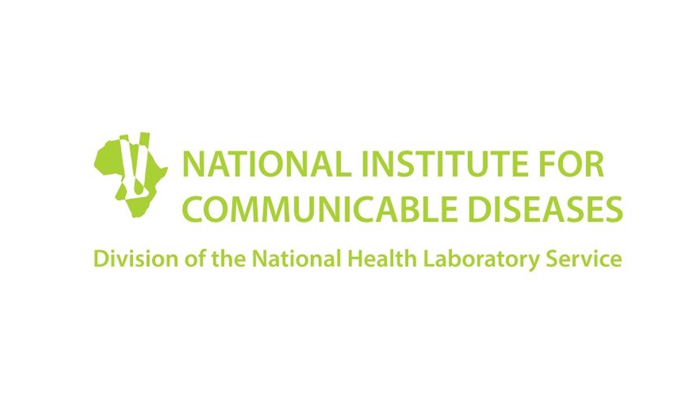The NICD gathers statistics regarding RSV infections and provide data to support preventative measures.


Globally, the leading cause of death in children 1 – 59 months of age is lower respiratory tract infections (LRTIs). They cause 18.7%(uncertainty range 15.3 – 20.2) of deaths per annum in this age group, thevast majority of which occur in Africa and South Asia.[1,2] Respiratorysyncytial virus (RSV) is the commonest cause of pneumonia(20 – 40%) and bronchiolitis (40 – 80%) in children, particularlythose aged <1 year.[3-7] RSV is a single-stranded RNA virus in thePneumoviridae family, exhibiting two antigenic types, RSV A and RSV B, which vary by season and region.[8] The RSV genome encodes 11 proteins (two non-structural and nine structural), each contributing to the virus’s virulence. Notably, two surface proteins serve as key targets for neutralising antibodies: the attachment (G) protein, which facilitates viral attachment to host cells, and the fusion (F) protein, which enables membrane fusion.[8] The F protein exists in two forms, pre-fusion and post-fusion. Six antigenic neutralisation sites (Ø, I – V) are present on both forms, exhibiting varying degrees of neutralising effectiveness. However, antibodies against the pre-fusion rather than the post-fusion form are most effective for preventing illness.
Read more:
https://journals.co.za/doi/pdf/10.7196/SAMJ.2024.v114i12.2582
